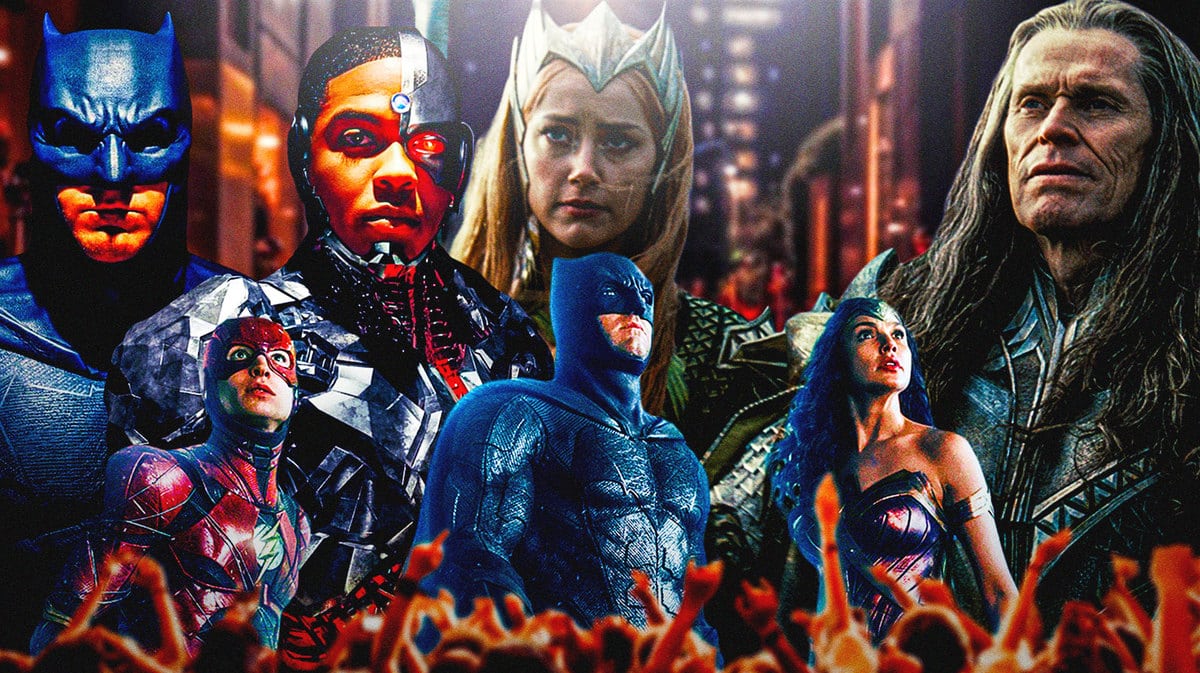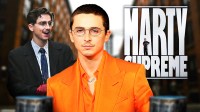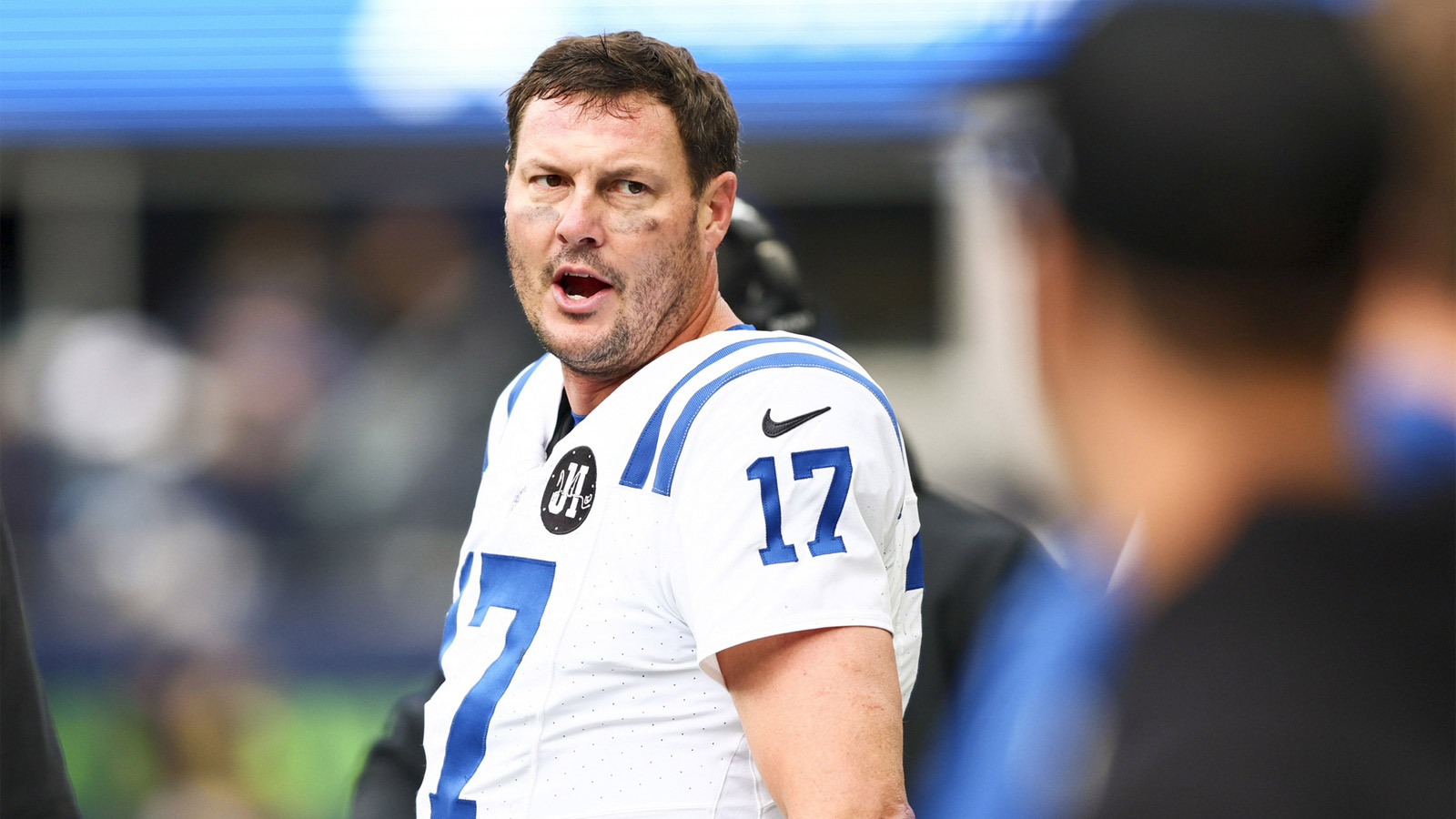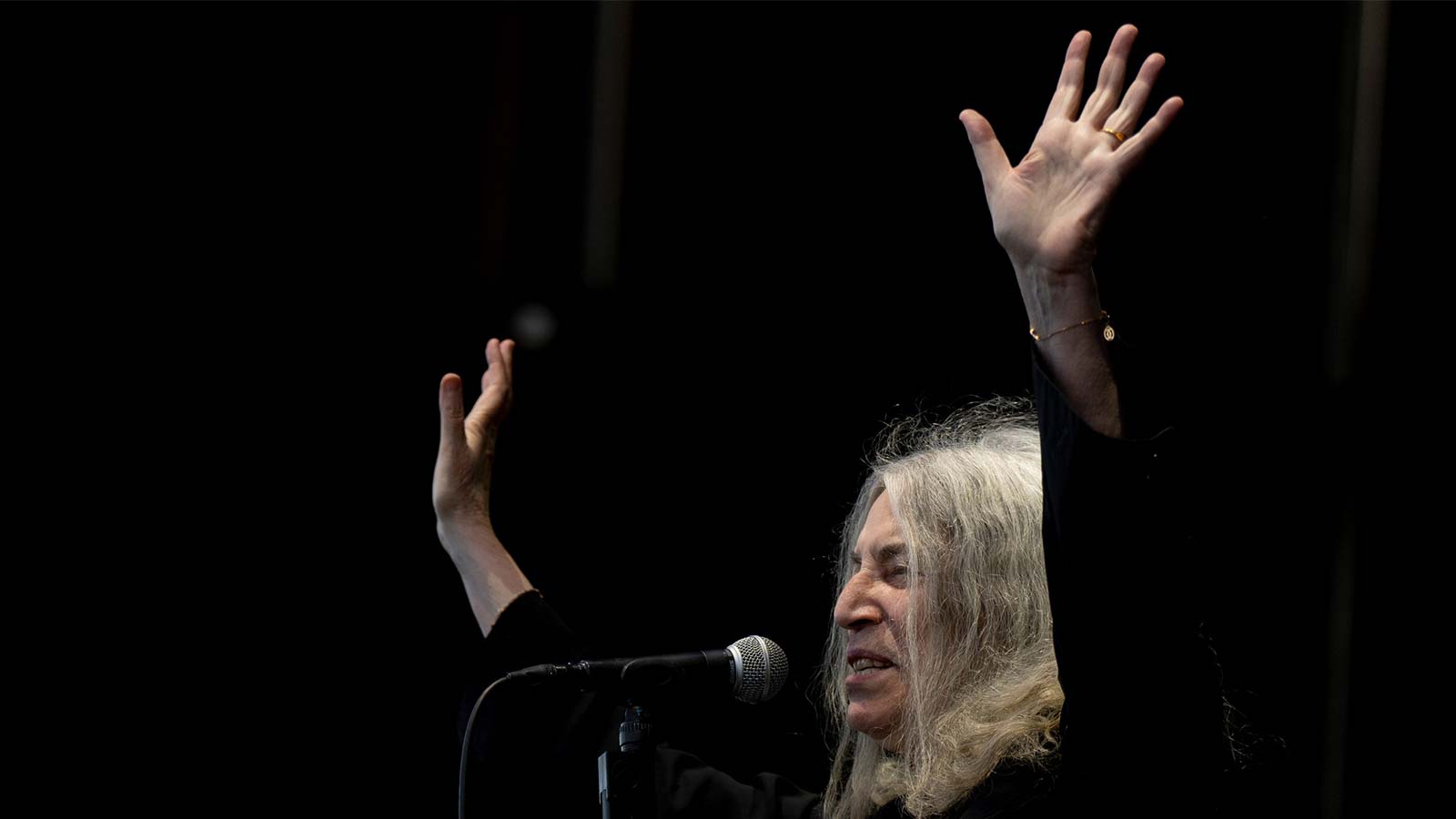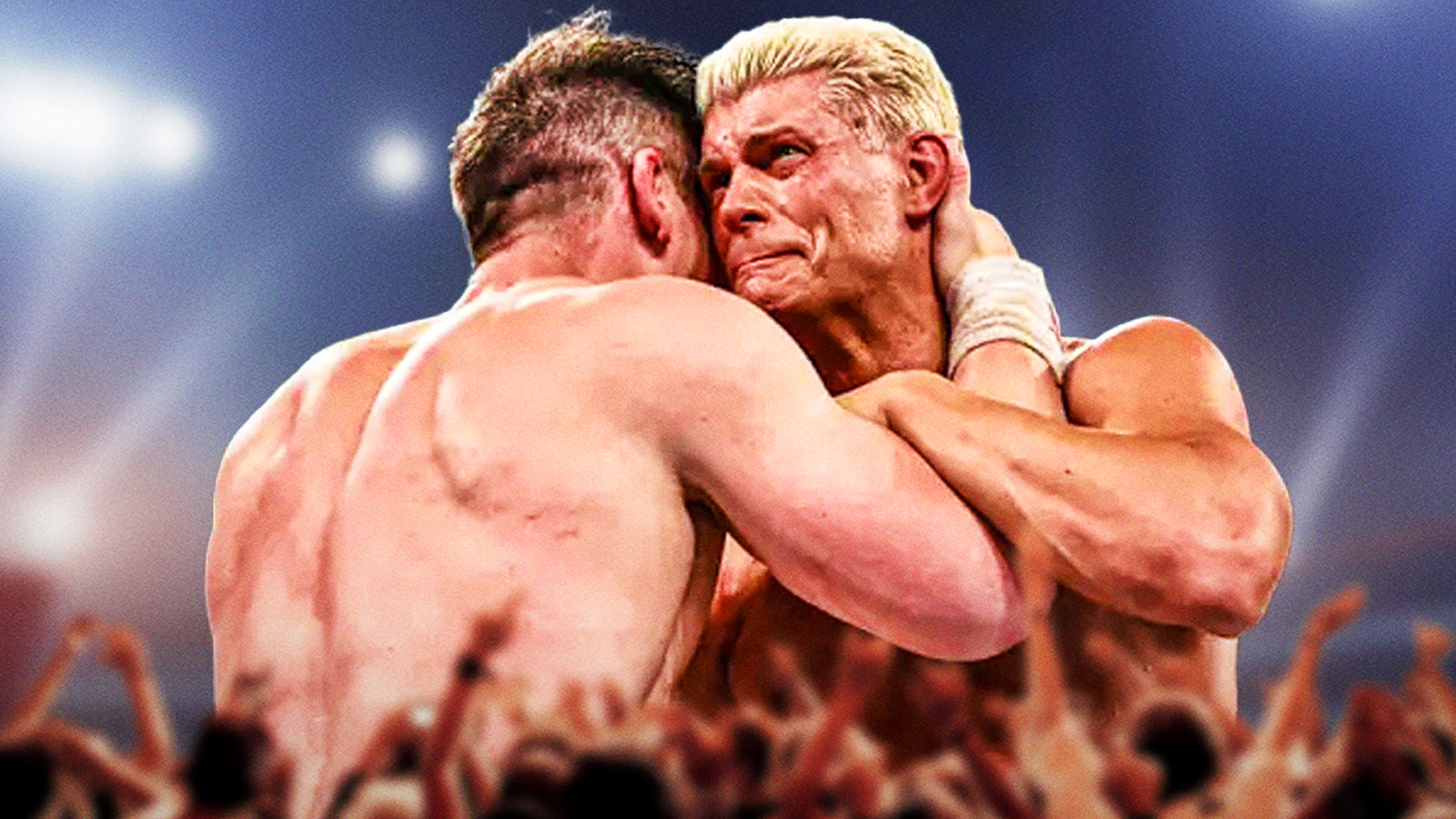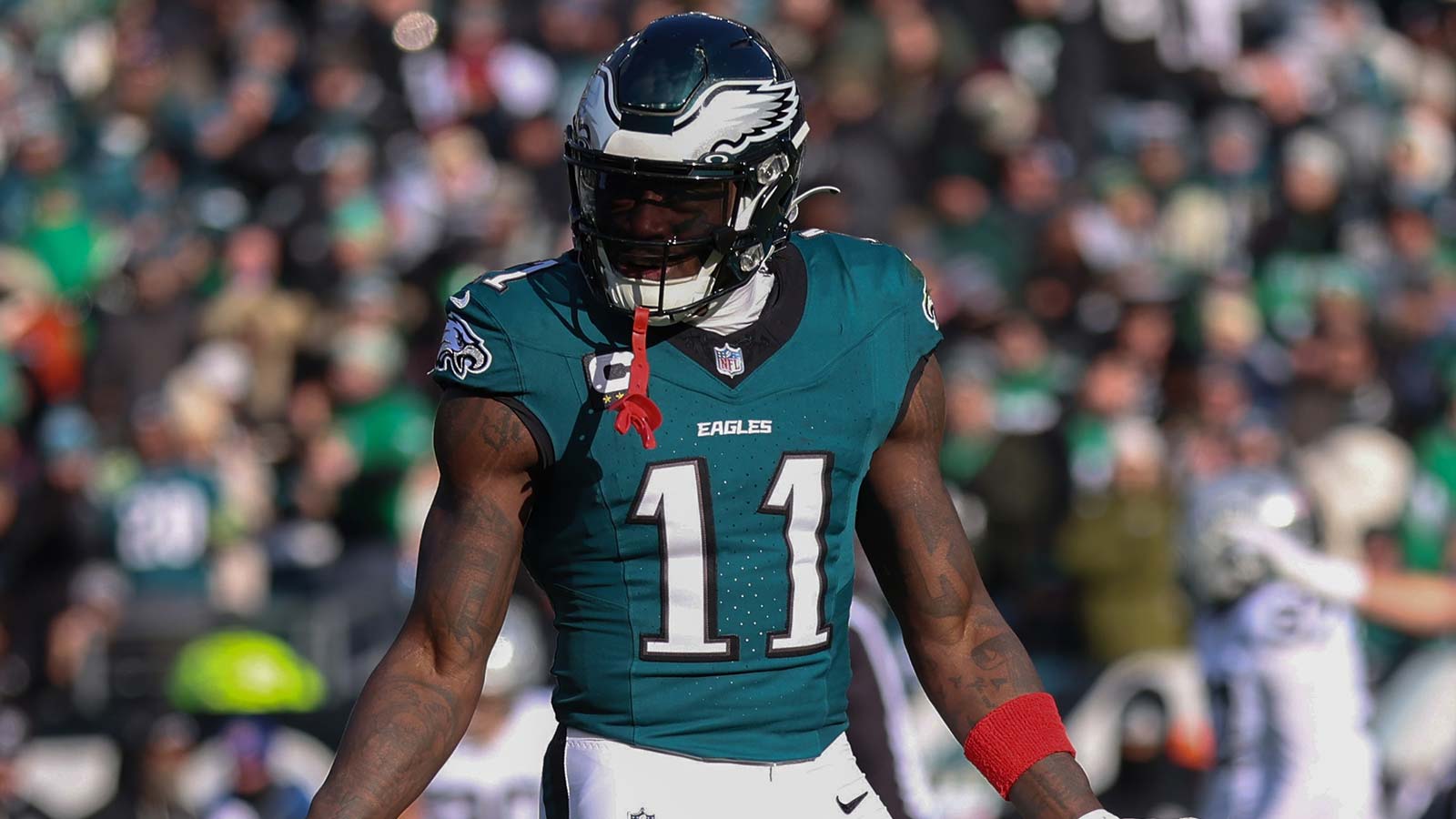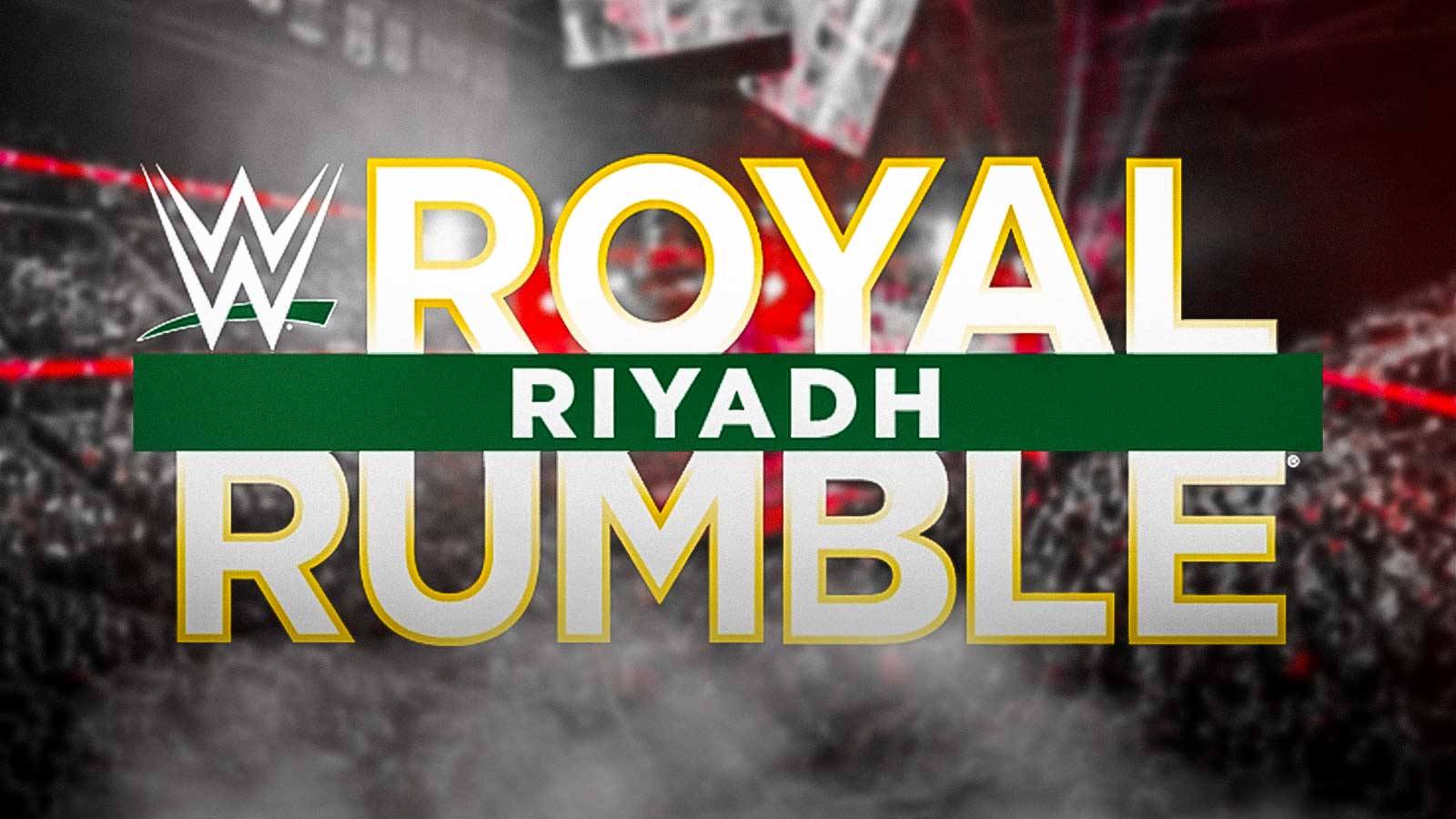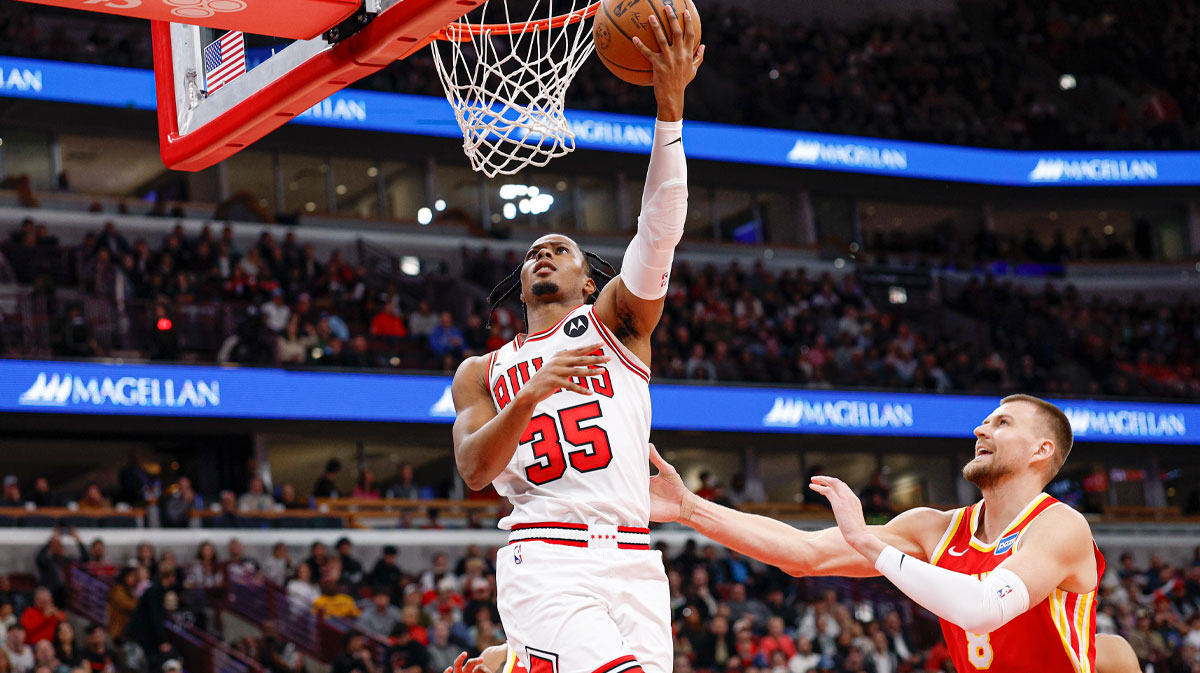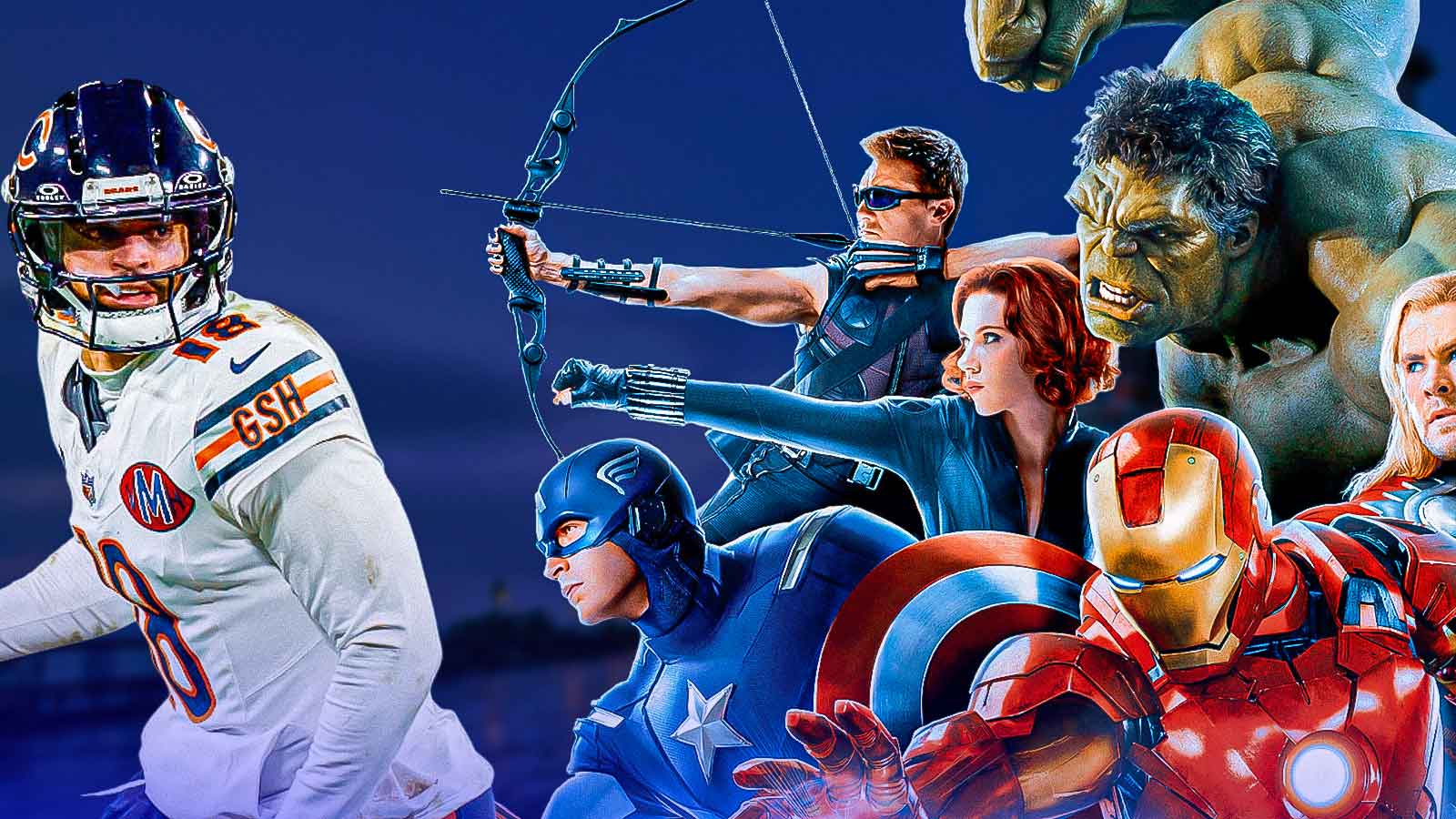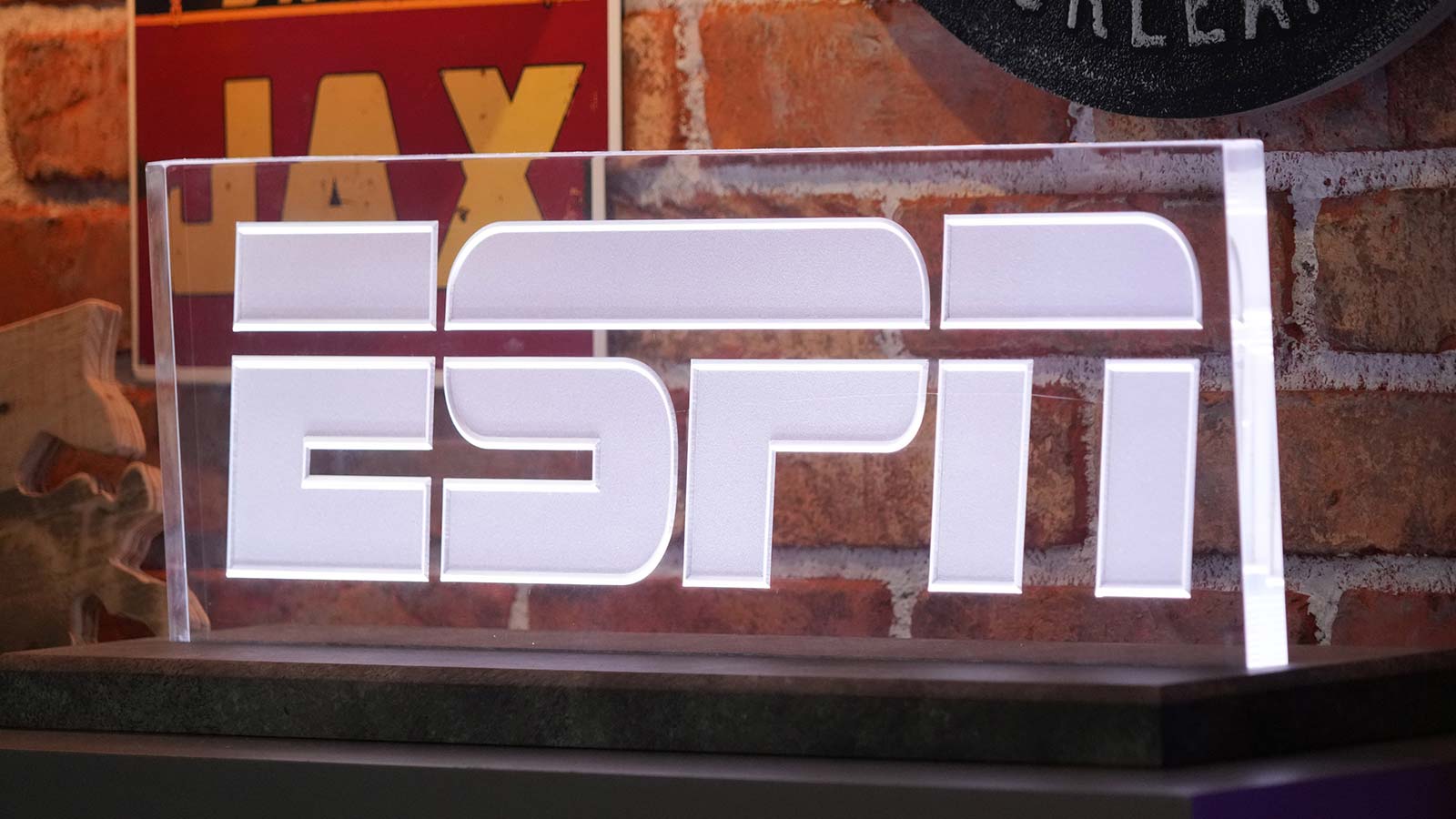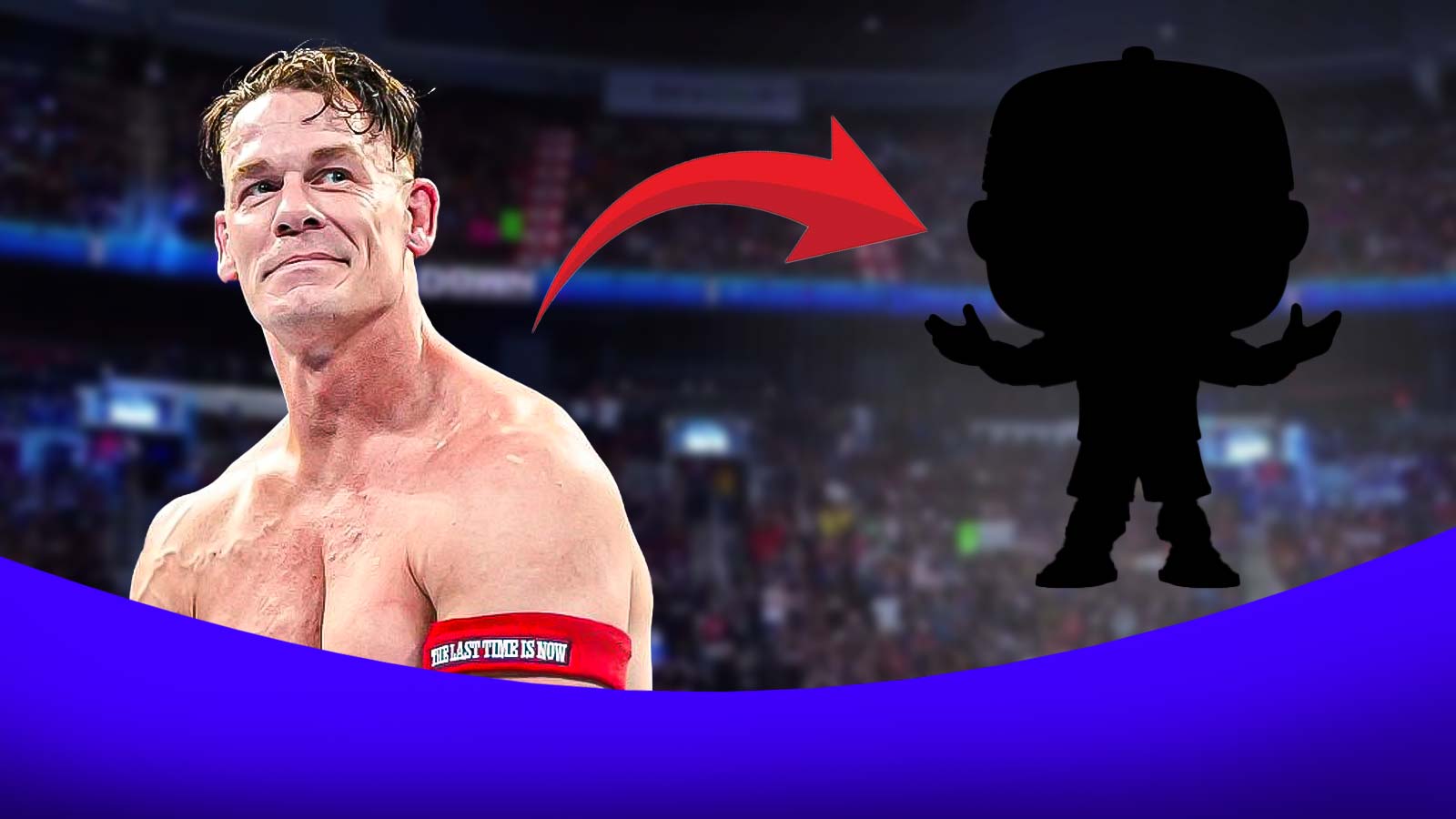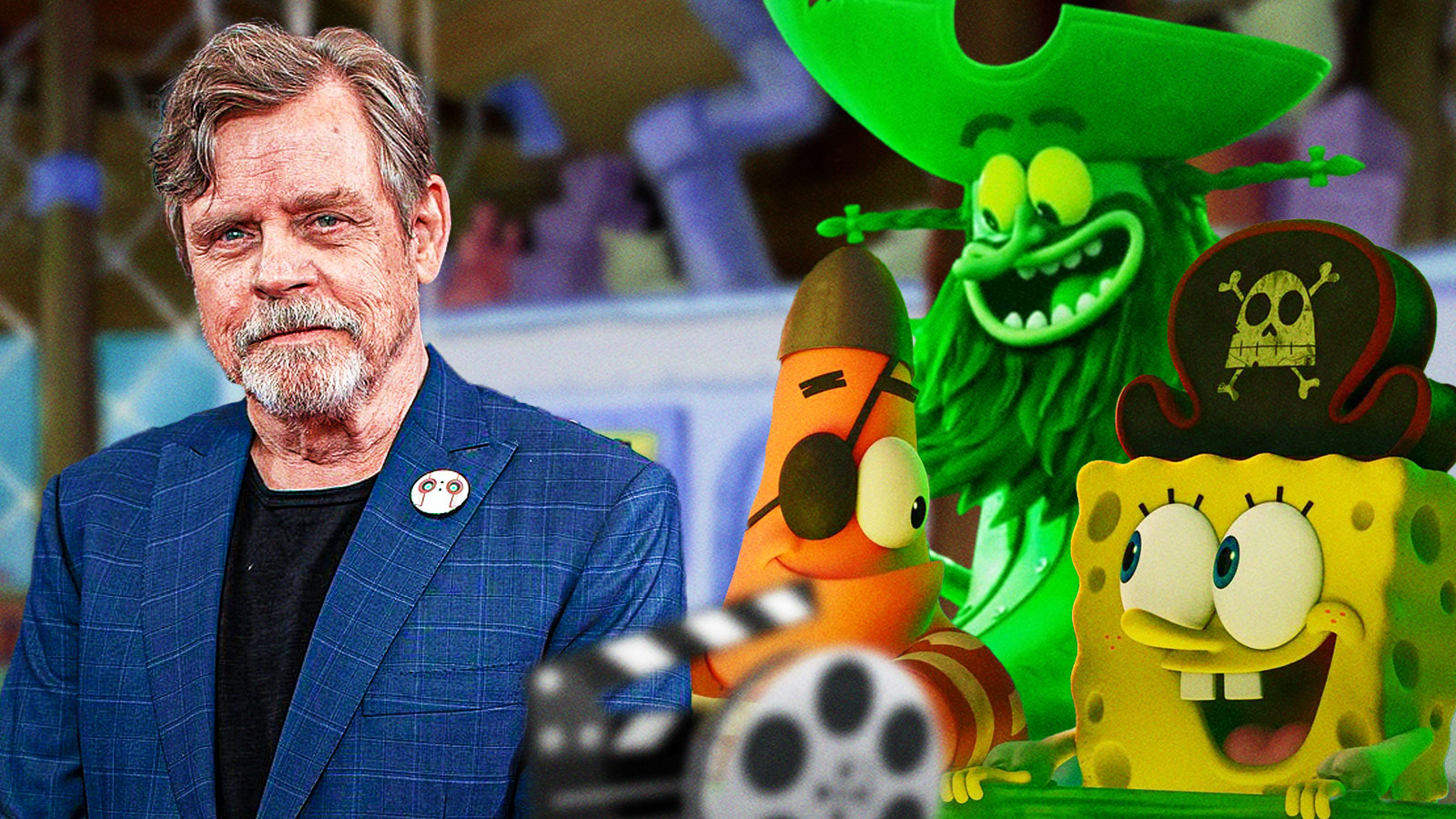A Vision Altered: The Snyder Cut Emerges
In the tumultuous landscape of the DC Universe (DCU), Zack Snyder's entry coincided with Marvel's ascendancy in the world of cinematic superheroes. His mission was no small feat: to guide Warner Bros. in crafting a shared universe while introducing fresh portrayals of iconic figures like Batman, Superman, Wonder Woman, and the Flash. With Christopher Nolan's Batman trilogy as a recent triumph, Warner Bros. was determined to challenge Disney's dominance. Yet, Snyder's journey took an unexpected turn, leading to a saga that resulted in the mythical “Snyder Cut.”
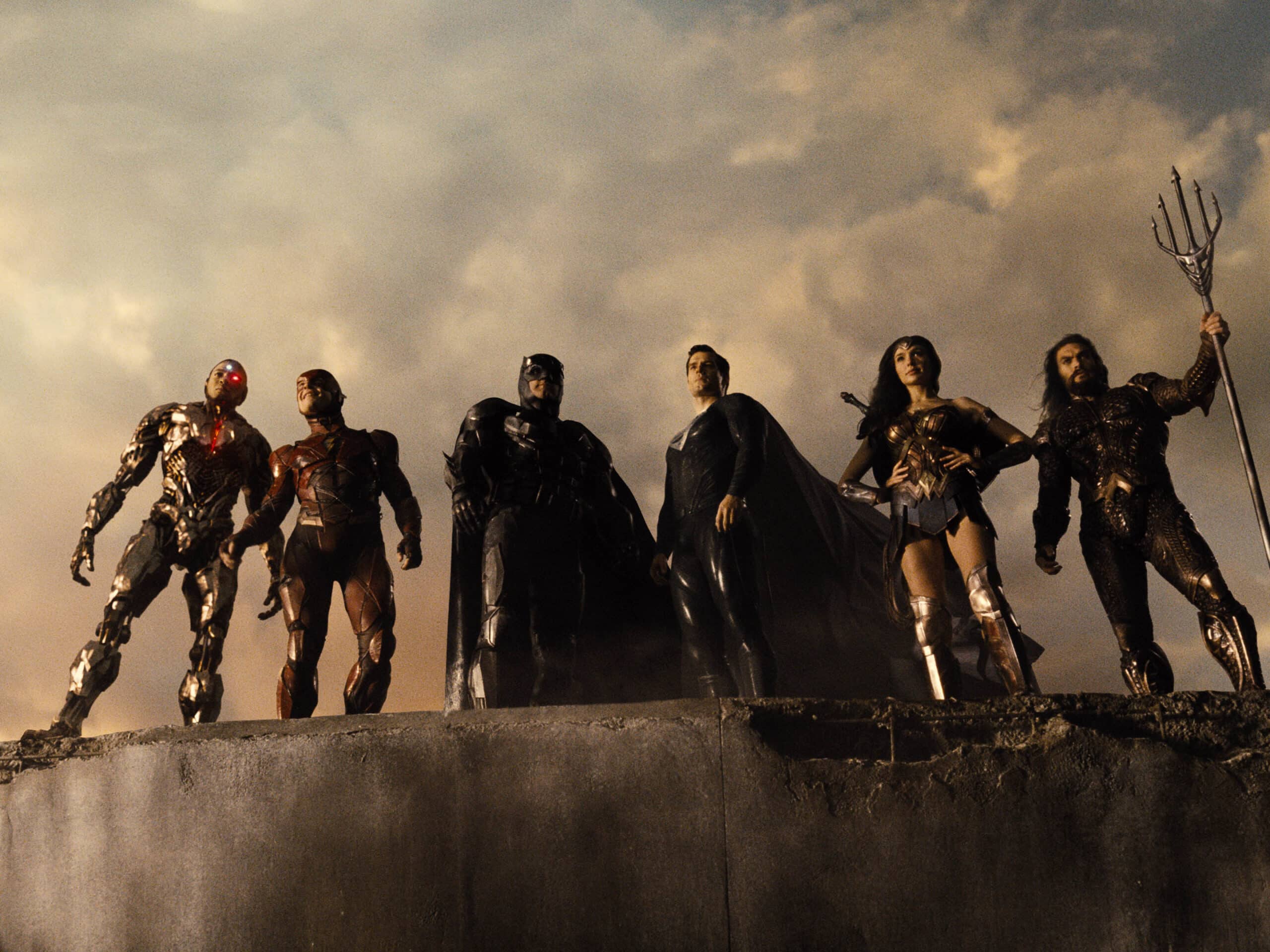
A Troubled Production and the Rise of the Snyder Cut Movement
Snyder's foray into the DC Extended Universe was laden with ambition, aiming to rival Marvel's resounding box office success. However, the course of the “Justice League” movie took a heart-wrenching detour when the director had to leave the project due to the tragic loss of his daughter. Joss Whedon, acclaimed for his work on the Avengers, assumed the directorial role and conducted extensive reshoots. This transition gave rise to a narrative muddled by either inadequate communication or studio interference. Moreover, Whedon's penchant for sprinkling humor into the gloomy atmosphere didn't sit well with Snyder's devoted fanbase.
In a bid to compete with streaming giants like Netflix, Amazon, and Disney+, Warner Bros. introduced HBO Max, bundling content from HBO, Warner Bros., Studio Ghibli, and TCM into a single platform. While a promising endeavor, the service initially struggled to attract subscribers, lagging behind its rivals.
The Birth of a Movement: #ReleaseTheSnyderCut
Amidst these challenges, a groundswell of devoted fans initiated the #ReleaseTheSnyderCut movement, making their plea for Snyder's original vision known worldwide. Responding to this online fervor, Warner Bros.' new executive team engaged with Snyder to explore the possibility of realizing his cut. This collaboration breathed fresh life into the project, which was by now steeped in mystery.
A petition garnered an astonishing 180,000 signatures, and speculation ignited when a flyover at San Diego Comic-Con 2019 occurred. Ultimately, Warner Bros. decided to move forward with the film in February 2020. By May, Snyder officially announced that the original cut would see the light of day, reborn as “Zack Snyder's Justice League,” exclusively via HBO Max. The hope was that this monumental release would entice new subscribers and offset the approximately $70 million required for finalizing the visual effects, score, and editing of the revamped film. Initially designed as both a miniseries and a four-hour feature, plans for the series component were shelved in January 2021.
Honoring a Tragic Loss: Dedication to Autumn Snyder
A poignant layer to the narrative of the “Snyder Cut” is the film's dedication to Snyder's late daughter, Autumn, whose passing deeply impacted the director during the initial production, Time reports.
The Snyder Cut Unveiled: A Subjective Improvement
Early critical reactions to the film indicate a general consensus that it constitutes an improvement over the 2017 theatrical release. However, the assessment of the movie's merits remains highly subjective.
Snyder's expanded version of “Justice League” extends over a formidable four-hour runtime, challenging the endurance of viewers. Despite this, he judiciously utilizes the extended duration to delve deeper into character backstories and create more compelling emotional stakes. Notably, Ray Fisher's Cyborg emerges as a central figure, his fraught relationship with his father infusing the film with a much-needed emotional core. Even the primary antagonist, Steppenwolf, receives an enriched storyline that explores his path to redemption within his villainous family.
Visual effects and action sequences are enhanced, with more extended and intense CGI battles to cater to enthusiasts of epic superhero clashes. The film sheds its prior tonal inconsistency and transforms into a cohesive singular vision—albeit one characterized by its unrelenting darkness, a quality both figurative and literal. Snyder opted for a pervasive shadowy aesthetic, transforming several daytime scenes into murky nighttime settings.
A Wealth of New Footage: A Glimpse into Snyder's Creative Vision
A striking distinction between the “Snyder Cut” and its theatrical predecessor is the infusion of a wealth of new footage. Reports suggest that a staggering 80% of the shots featured in Snyder's version are entirely new, reshaping the film's narrative and visual presentation. One of the noteworthy additions is Superman's black and silver suit, a striking deviation from the original iteration. These new elements, predominantly evident in the final act of the movie, dramatically alter the climactic battle sequences. Gone are the Russian family subplot and Superman and Flash's detour to assist civilians; instead, the formidable villain Darkseid makes his presence known through a Boom Tube, setting the stage for an epic showdown.
Snyder himself clarified the extent of his new contributions, highlighting that a small portion of the movie comprises his added material, with only two notable additions beyond the original footage. He expressed excitement for audiences to experience the extensive scale of the adventure, emphasizing the significant volume of previously unseen content that awaits viewers.
Snyder's Polarizing Style: A Niche Appeal
The distinct and polarizing style that characterizes Snyder's directorial approach finds resonance within a specific online contingent. Some of Snyder's devoted fans openly criticize Marvel movies, particularly targeting Whedon, labeling these films as exclusively catering to a younger audience. Incidents during the filming of “Justice League” involving Whedon, including allegations of bullying from actors like Ray Fisher, further fueled the contentious online discourse. In contrast, Snyder's creative vision is often hailed as an adult-oriented interpretation of comic book lore, embracing a darker and more violent aesthetic that resonates with those who first embraced these iconic stories during their childhood.
In Conclusion: The Snyder Cut's Place in the DCU
In hindsight, despite its considerable length, the four-hour rendition of “Zack Snyder's Justice League” contributes significantly to the development of the heroes, their personal journeys, and the intricate world they inhabit. While the film is not without its imperfections, its presentation in a chapter format allows viewers ample opportunities to take breaks, grab snacks, and revisit crucial plot points for a more comprehensive viewing experience.
This unconventional cinematic work transcends the confines of traditional movie or television formats, presenting itself as a vibrant expression of the director's distinctive style and artistic vision. Every character grapples with relatable struggles, fostering an emotional investment that resonates deeply with audiences. Through its exploration of uncharted narrative territories and its distinct production history, “Zack Snyder's Justice League” stands as a testament to the enduring legacy of the DC Universe and the resolute determination of a visionary director to bring his creative vision to life on the silver screen.

